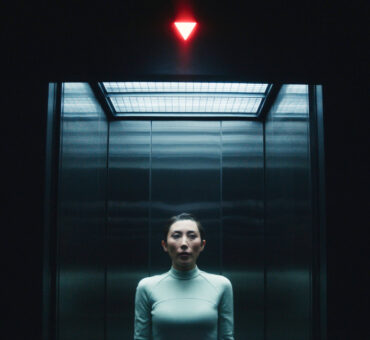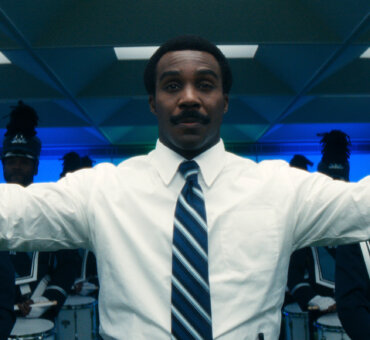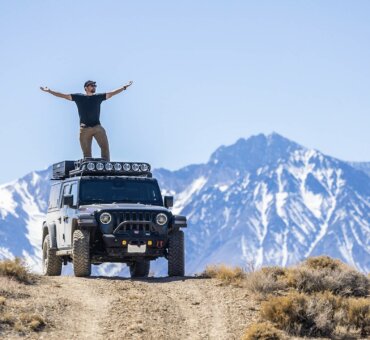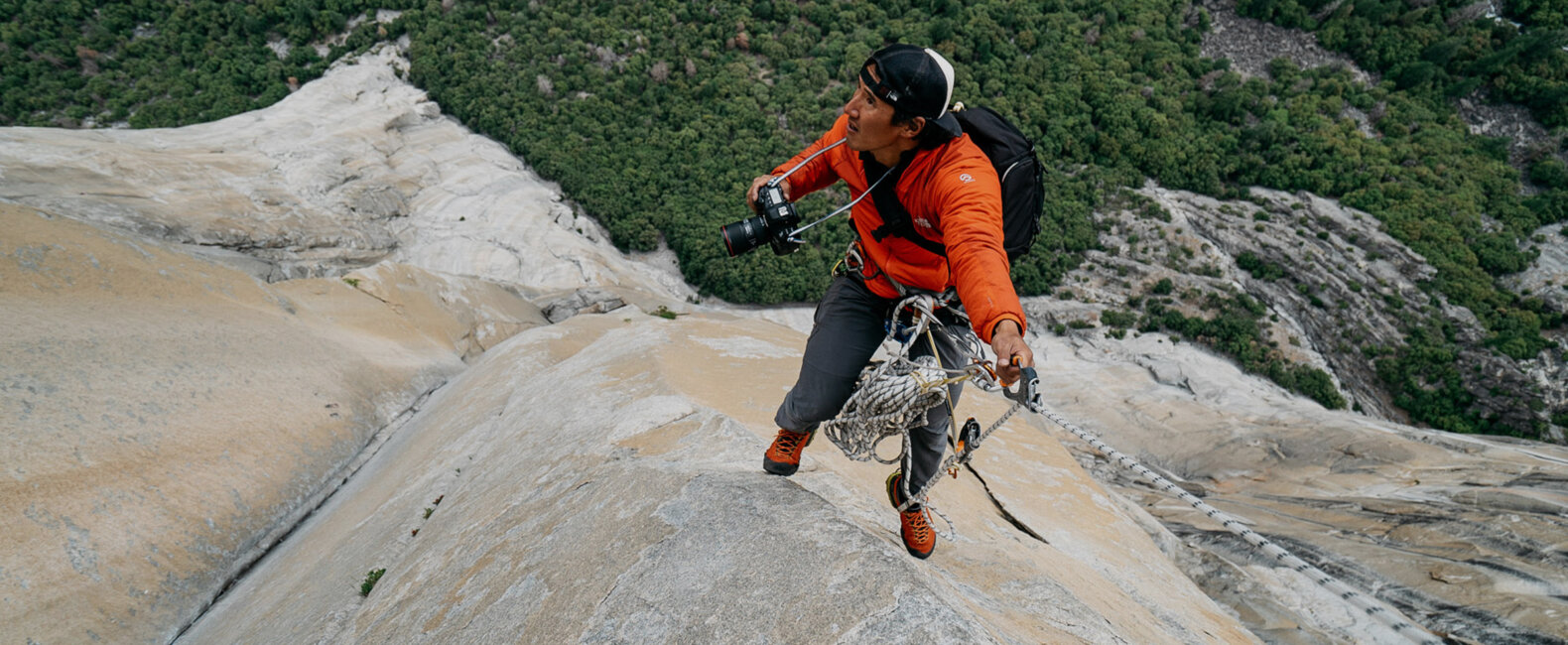There’s a moment in Free Solo during Alex Honnold’s historic, rope-less ascent of El Capitan when the audience sees cinematographer Mikey Schaefer doubled over, so sick with anxiety that he’s unable to watch what’s happening. It’s a powerful moment. And, after speaking with Co-Directors Jimmy Chin and Chai Vasarhelyi, it seems to accurately sum up what sounds like the most stressful production we’ve ever heard of — a production they weren’t even sure they wanted to take on:
“Initially, when Alex brought El Cap to the table, Jimmy and I had to step away for a few months to decide if this was even something we wanted to be involved in,” Chai told us. “…we had to go into this thinking, is he more likely to die if we’re filming?”
In the realm of film ethics, it doesn’t get much more stark than asking this question: Is your decision to film going to end someone’s life? By now, we all know they did decide to make the film. And we know Alex Honnold survived his ascent. We also know there weren’t two people more qualified to tell this story.
Chai is a visionary documentarian who’s won dozens of awards for her films and Jimmy is a world-renowned climber, photographer, and filmmaker who’s worked with just about every major outdoor outlet and brand. We had the chance to speak with both of them about the hard decisions behind their Oscar-nominated film, their collaborative relationship, and what it felt like to see Alex Honnold top out on El Capitan.
Musicbed: Why co-direct on Free Solo?
Chai Vasarhelyi: I think Free Solo is a really good example of the pinnacle of our ability to collaborate with one another because it was a complicated film and it brought both of our strengths to the forefront. There’s really no one better in the world to direct what happens in the vertical world than Jimmy. He’s got 20 years of experience in that space. Whereas I come from a different perspective. I’m a filmmaker. I don’t climb. I think about the story always, about the emotional arcs.
Jimmy Chin: We came off of Meru with a good understanding of the strengths we bring to a film. Free Solo is a great example of the marriage of our abilities. There’s an implicit level of trust in what we each bring to the table. Neither one of us could have made this film by ourselves.
It’s a lot more invested in the story than many other “outdoor” films. Why is that?
Chai: We were attracted to Alex’s story because it seemed like there was potential to talk about something bigger than just the mountain itself. He’s just such an incredibly rich character. This film is first and foremost a character portrait more than anything.
He was this kid that began climbing with no ropes because he was too scared to speak with another person. But he had this vision of wanting to connect with people, so Jimmy and I always felt a lot of empathy for that sort of fear and a lot of admiration. We were inspired by the fact that Alex methodically taught himself how to eat vegetables because other people seemed to enjoy vegetables. He taught himself how to hug and how to speak to strangers.
Jimmy: That idea of this very shy kid, who’s a little bit of a misfit, who didn’t really feel like he belonged, and then goes on to become one of the greatest free soloists of all time. It’s a really inspiring story about overcoming your fear.
Chai: We always thought Alex’s story was an opportunity to tell a story about living your life with intention. The life you actually want to live. It was a way to talk about courage and agency in a time when I think a lot of people feel disenfranchised or feel like it doesn’t matter what they do.
So soloing El Capitan was just a backdrop for these character elements?
Jimmy: Well, when we first started, it was a character portrait of Alex, because we didn’t even know he was going to solo El Cap. When we found out that he was going to try and do it, we actually took some time off because we weren’t sure if we were going to make that film.
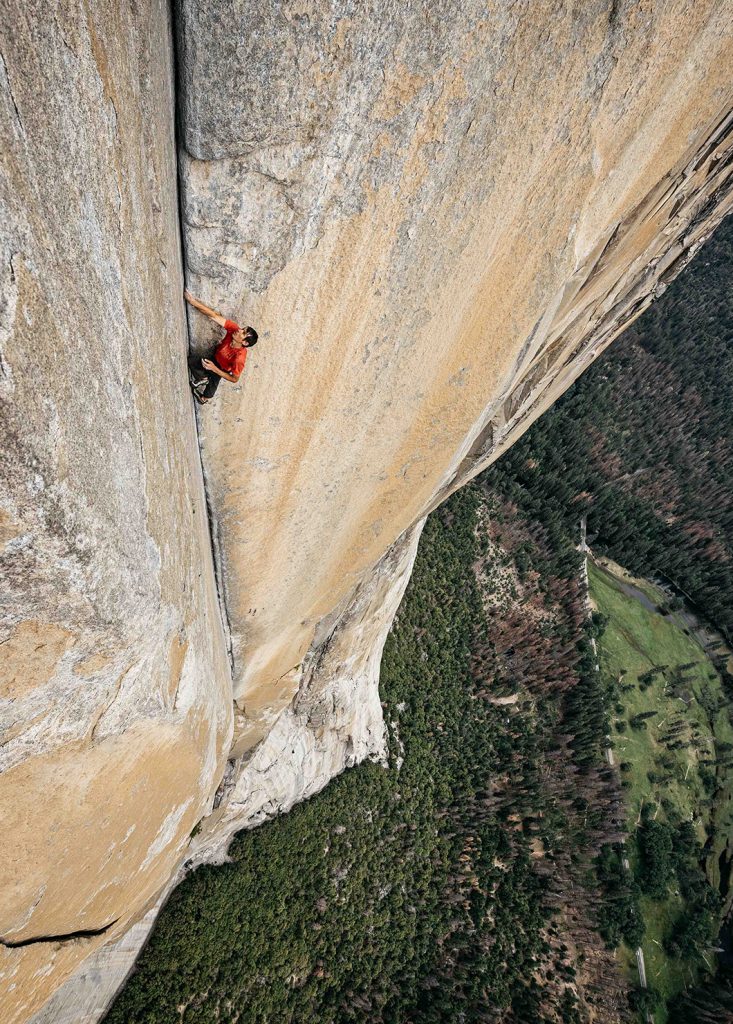
How do you weigh those decisions as filmmakers?
Chai: I mean, for two years we lived with that stress. It’s about commitment, right? Alex was totally committed and we were committed, so was this high-angle team of elite pro climbers who were also very close to Alex. It was such a heavy responsibility for every person involved. Especially with this profession, we had to go into this thinking, is he more likely to die if we’re filming?
So to address that, we had to come up with these rules, like we were never going to ask him if he was going to climb, for example. Also, we had to be perfect in our executions — an accident was not going to happen on our watch. But, it was still incredibly difficult to ask him intimate or psychological questions around this because you don’t want to mess with his head. You don’t want to sow doubt in the motivations for what he’s doing. At the same time, that was kind of our job.
So, it was just this exercise in trust for two years, insulating Alex from any kind of external pressures to the best of our ability. He never knew how many people were on the production. He didn’t know what was going on. He didn’t know if it mattered to us, from a budget standpoint, if he turned around or not. National Geographic kept this a secret for two years. We had to make it a very vivid conversation amongst ourselves to keep on gut-checking if we’re in the right place.
Jimmy, how did you assemble the high-angle team?
Jimmy: The first criteria for being on the high-angle team is that you have to be an elite professional climber. No exceptions.
That makes sense.
There’s just no way that we could have people on the team that I couldn’t trust to go out on their own and make good decisions. I just didn’t have the capacity to keep my eyes on everybody all of the time. So, I put together a team with the best of the best. Cheyne Lempe and Mikey Schaefer, in particular, are incredible shooters.
I think it’s a lot harder to take a great cinematographer and then turn them into a high-angle cinematographer because these guys have all climbed for like 20 years. You can’t really teach that. I mean, they’re repelling onto a 3,000-foot wall. They don’t have an AC. They don’t have a focus puller. They don’t have craft services. They’ve got to go, build their cameras, and be able to get to a location on an ocean of granite.
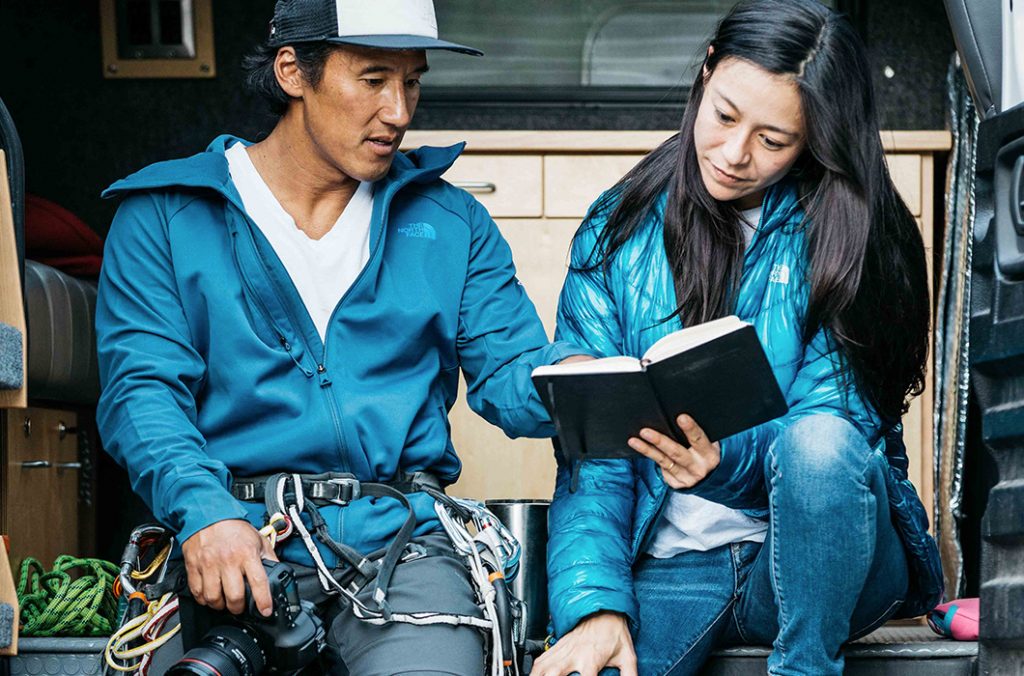
How do you prepare to shoot a film like this, not knowing if and when he’ll climb — not even knowing the outcome of the climb itself? Was the team on-call all year?
Chai: Yes. They had to be prepared at all times. Sometimes they were waiting on the mountain for days.
Jimmy: I think it comes from experience. On Chai’s side, this is her sixth or seventh feature-length non-fiction film. From my side, I’ve probably done around 30 expeditions. You never know what’s going to happen and you learn that it’s all about adaptability. It’s all about preparation. It’s about being comfortable with making key big decisions and trusting your instincts.
When you climb a mountain on a major expedition, you plan for all the various potential outcomes. It seems completely overwhelming as a whole, but you just focus on each individual step moving forward. You still have to keep a big picture view of it, but it’s about going forward until you can’t anymore. And you always know you can turn around. So you just keep putting one foot in front of the other and doing everything well every single day. I would say that’s not new terrain for me or Chai.
“They don’t have an AC. They don’t have a focus puller. They don’t have craft services. They’ve got to go, build their cameras, and be able to get to a location on an ocean of granite.”
From a storytelling standpoint, how do you balance this very subtle, human story and possibly the greatest athletic achievement of all time?
Chai: Well, that’s the question, right? That’s the essential question, other than the obvious, “Is he going to die?” And that’s the job. It’s all about degrees in storytelling — when do you reveal something and how is that going to be built? Alex brought so much craft to the climb itself. He practiced. He made it perfect. And on the cinematography side, they brought such craftsmanship. They had the time to practice and make it perfect.
When you get to the storytelling side, we were constantly re-editing the footage and re-evaluating what’s important and what’s not important. We allowed the footage to speak to us and worked to find that perfect balance. There were definitely versions of the film that leaned more towards a relationship story between Alex and Sanni [McCandless]. That’s not the right story. But, you have to try. You have to go in there, look at the material, and trust yourself to respond in the right way, you know? That’s the fun part about making a film.
Jimmy: It’s great because of all the collaborators, too, like our editor Bob Eisenhardt. It’s that division of our roles that works really well because when you’re shooting you can become really attached to certain ideas or scenes. Then you have Bob, who wasn’t there, and he’s really objective. He’s only focused on moving the narrative forward. And Chai is there too. They’re brutal in that way. They cut everything to the bone unless it’s essential in moving that narrative forward. It’s gone. We trust each other in that way so the process is very clean.
Chai: So, yes, we had to work and think about how best to capture this climb. But in a way, you can’t understand the climb unless you understand the man. And you can’t root for him unless you really really understand who he is and where he came from and what’s driving him. They are always connected, but it’s about moderation. It’s about degrees. One scene can change the whole feeling of the film.

What was the moment like for both of you when Alex reached the summit safely?
Jimmy: We didn’t ever allow ourselves to indulge the idea of, “What if he solos it and we get it? Wouldn’t that be great?” It’s almost like we couldn’t even go there. So, on a personal level when it happened, I was actually very emotional because I wasn’t prepared for what it would feel like.
Chai: It was a very complicated moment.
Jimmy: I was really proud of Alex. I was happy for him. I also knew that while I was filming this was a very special moment. This was a historical moment, particularly for the climbing world, but it’s also bigger than that. What people are seeing in the film is extraordinary. This was an extraordinary human achievement.
Chai: It was a terrifying day. Your eyes play tricks on you. Jimmy and the crew couldn’t see him, just Mikey and I were on the valley floor watching the whole thing. We had to relay to them what we were seeing and his position. After the boulder problem, one of the most difficult sections near the top of the climb, I had this moment where…it was just beautiful. I knew Alex was having the exact experience he wanted. Then he made it to the top and it was just immense relief. Anything else that happened subsequently was nothing compared to the relief we felt that day. There was this pride that Alex executed it perfectly, but so did the crew. They were perfect. They didn’t miss a shot. They were absolutely perfect.
























